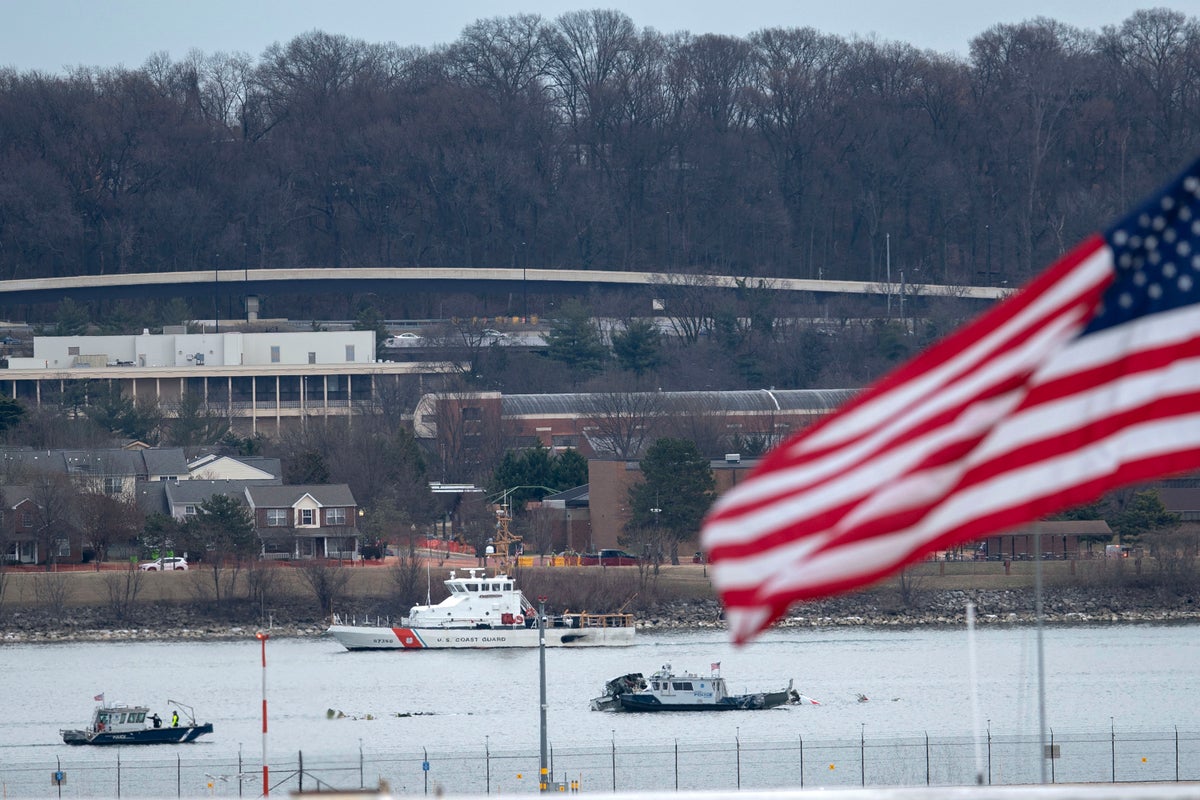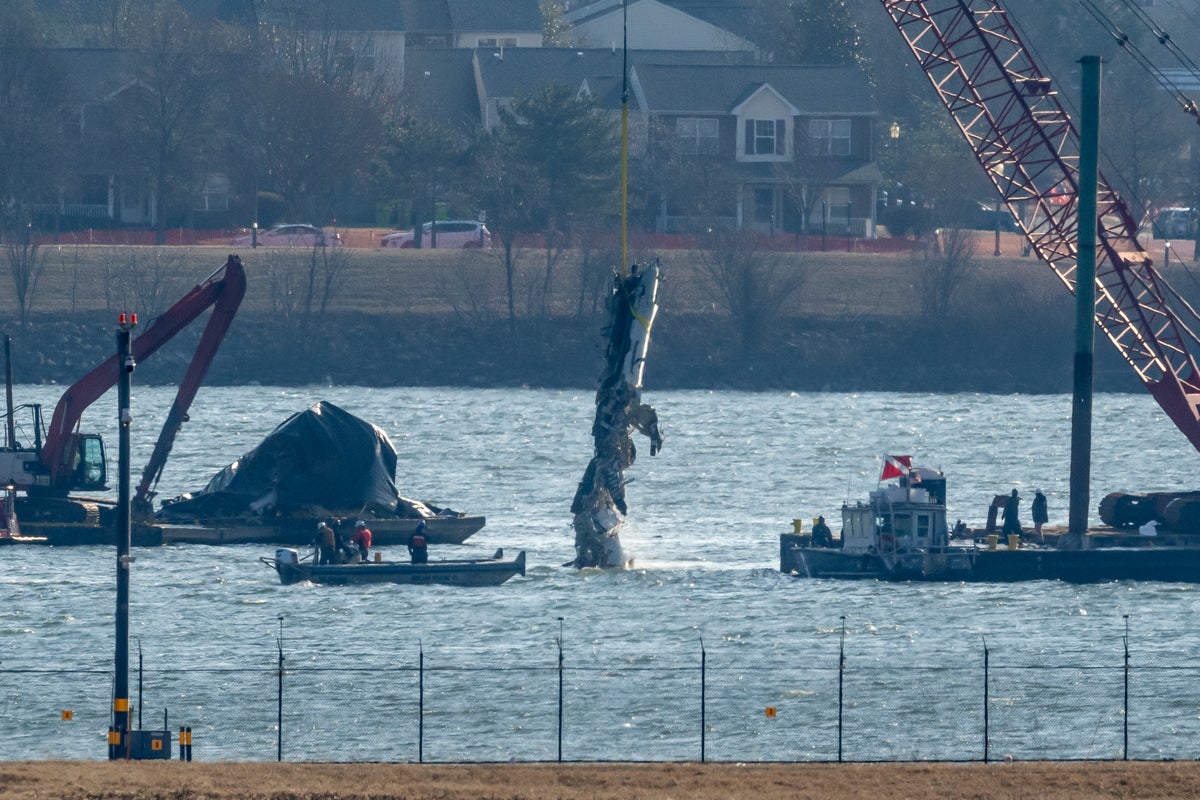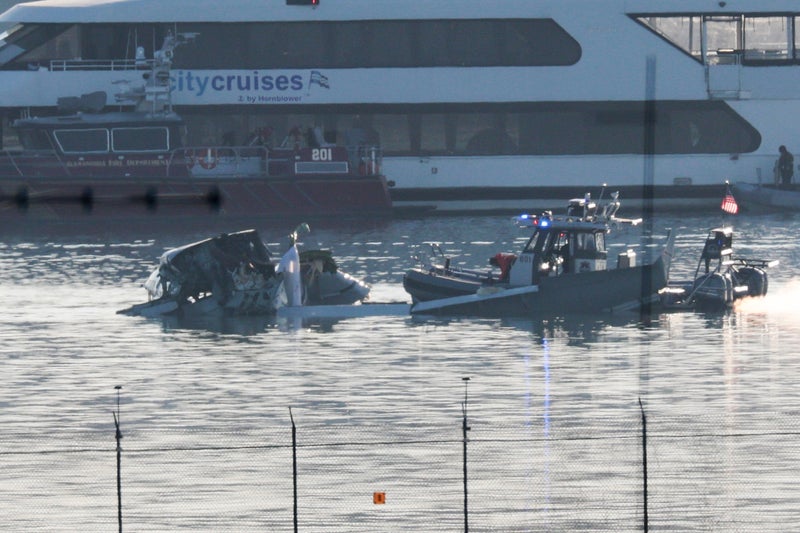More than a half dozen military, federal and local agencies operate helicopters in the airspace near Ronald Reagan Washington National Airport, and they need those same air routes to train for and execute their missions, current and former Army pilots said.
Last May, one of those helicopters passed just 300 feet (91 meters) below a commercial airliner, triggering a cockpit collision avoidance alert and prompting the jet's pilot to file a report in the Aviation Safety Reporting System, a database maintained by NASA that allows pilots and crew to submit voluntary, anonymous and confidential safety concerns.
Airline pilots flying into Washington, D.C., have reported nearly a dozen near misses that were scarily similar to this week's midair collision that killed 67 people — the type of close calls that led one aviator to complain that Reagan National Airport was “probably the most dangerous” in the nation.
The Black Hawk lost in the collision was part of Fort Belvoir’s Virginia’s 12th Aviation Battalion, which “has had some classified, very important missions related to our nation’s worst day,” said Brad Bowman, a Blackhawk pilot who served in 12th Aviation Battalion for two years, referring to 9/11.
An Associated Press review of a federal database that catalogs such concerns found scores of reports of near-misses and warnings about congested skies over the nation's capital, with pilots repeatedly complaining about military helicopters getting too close to passenger jets.































